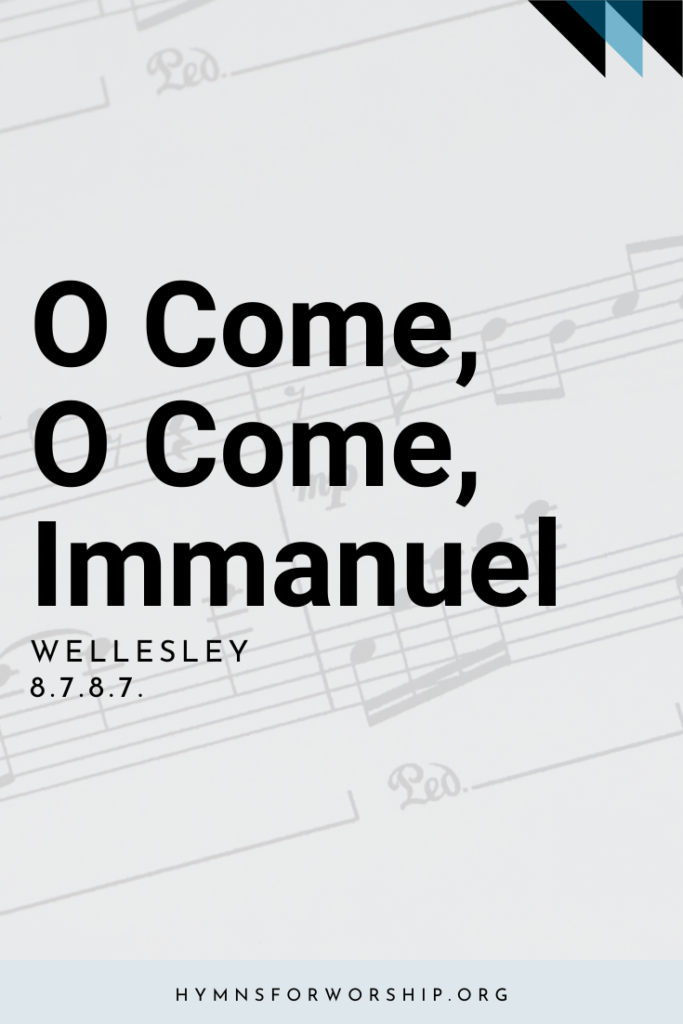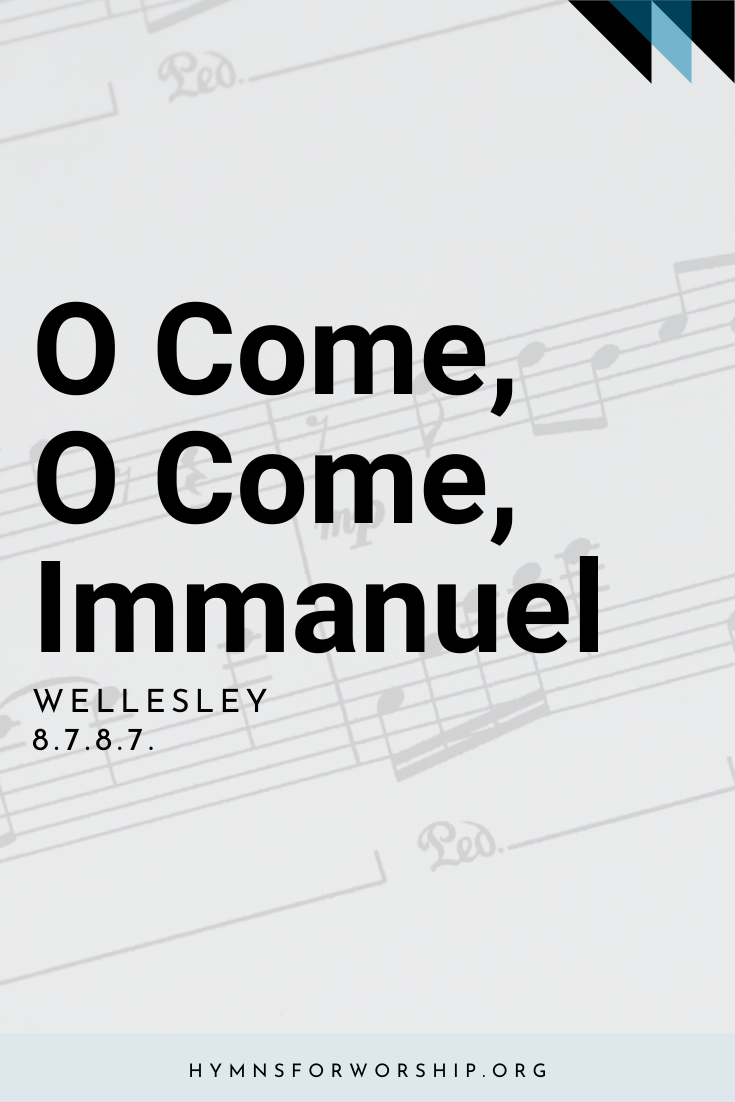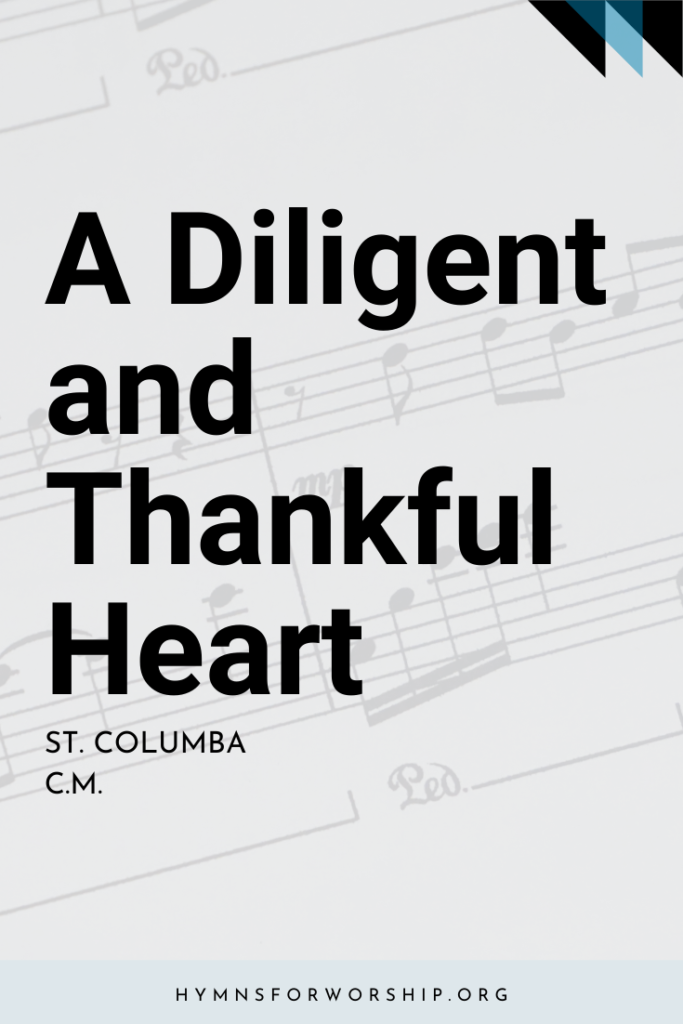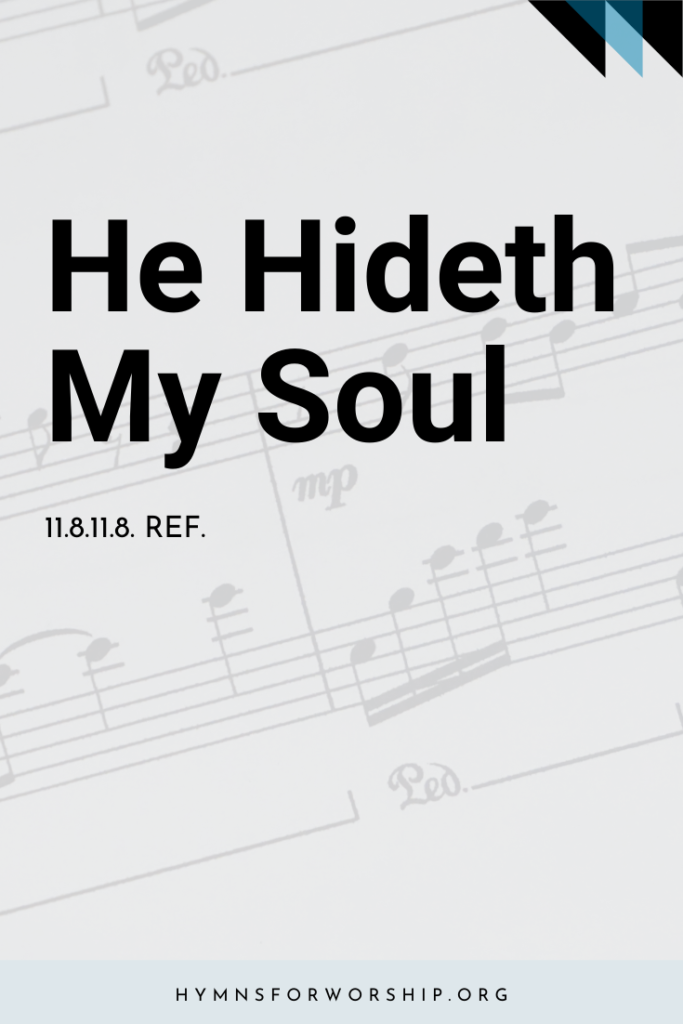JESUS CHRIST >> First advent
SDAH 115
O come, O come, Emmanuel,
And ransom captive Israel,
That mourns in lonely exile here
Until the Son of God appear.


Text
1
O come, O come, Emmanuel,
And ransom captive Israel,
That mourns in lonely exile here
Until the Son of God appear.
Refrain
Rejoice! Rejoice!
Emmanuel shall come to thee,
O Israel.
2
O come, Thou Wisdom from on high,
And order all things far and night;
To us the path of knowledge show,
And cause us in her ways to go.
3
O come, Desire of nations, bind
In one the hearts of all mankind;
Bid Thou our sad divisions cease,
And be Thyself our King of Peace.

Hymn Info
Biblical Reference
(a) Isa 7:14 (b) 1 Cor 1:24 (c) Hag 2:7
Translator
Stanza 1 tr. by John M. Neale (1818-1866); Stanza 2, 3 tr. by Henry S. Coffin (1877-1954)
Text Source
from the Latin, 9th century
Hymn Tune
VENI EMMANUEL
Metrical Number
8.8.8.8.8.8.
Tune Source
French Processional, 15th century
Theme
FIRST ADVENT
Hymn Score
Piano Accompaniment
Notes
Get to know the hymns a little deeper with the SDA Hymnal Companion. Use our song leader’s notes to engage your congregation in singing with understanding. Even better, involve kids in learning this hymn with our homeschooling materials.
During the season of Advent, from December 17 to 23, the church in the ninth century, or even earlier, sang the seven ‘co” antiphons, one each day at vespers, before and after the singing of the Magnificat. An antiphon is a responsive singing of a portion of a psalm or scripture by alternate choirs; these are called the “O” antiphons because each begins with a long-drawn-out “O,” followed by a designation of our Lord in one of His titles. The “O” was an indication of an earnest longing for the advent of our Savior. In the twelfth century, these antiphons were collected into Latin verse and from this, John Mason Neale (1818-1866; see Biographies) translated them into an English metrical version. His first effort appeared in his Mediaeval Hymns, 1851, although several revisions were made later. The original began: “Draw near, draw near, Emmanuel”; of the seven titles of our Lord, namely, Wisdom, Lord, Root of Jesse, Key of David, Dayspring, King desired, and Emmanuel, Neale used five, omitting Wisdom and King.
SDAH’s second and third stanzas complete the seven “O’s”; they were translated in 1916 by Henry Sloane Coffin. He was born January 5, 1877, in New York City, graduated from Yale University, and became a Presbyterian minister. He was president of Union Theological Seminary for many years, and a teacher of hymnology. He was author of several books dealing with current religious concerns. He died November 25, 1954.
VENI EMMANUEL is typical of the plainsong that was the customary form of singing in the early Christian church. The music had no bar lines, the rhythm and accent being determined by the words. It was in unison, all singing the melody, and not intended to be harmonized nor to be accompanied by a musical instrument. The melody was unearthed in 1966 by Mother Thomas More (Mary Berry) in the Paris National Library in a small fifteenth-century Processional used by a community of French Franciscan nuns. The antiphonal effect in this present hymn may be obtained by one section singing the stanzas and a second section responding with the refrain’ the melody of which, with the exception of the first two notes, is an exact replica of the first two lines of the plainsong.
-from Companion to the Seventh-day Adventist Hymnal by Wayne Hooper and Edward E. White






